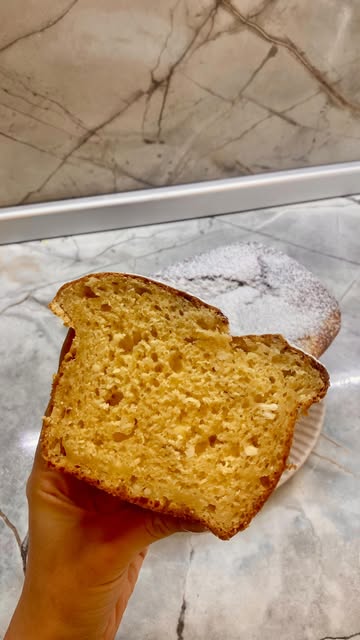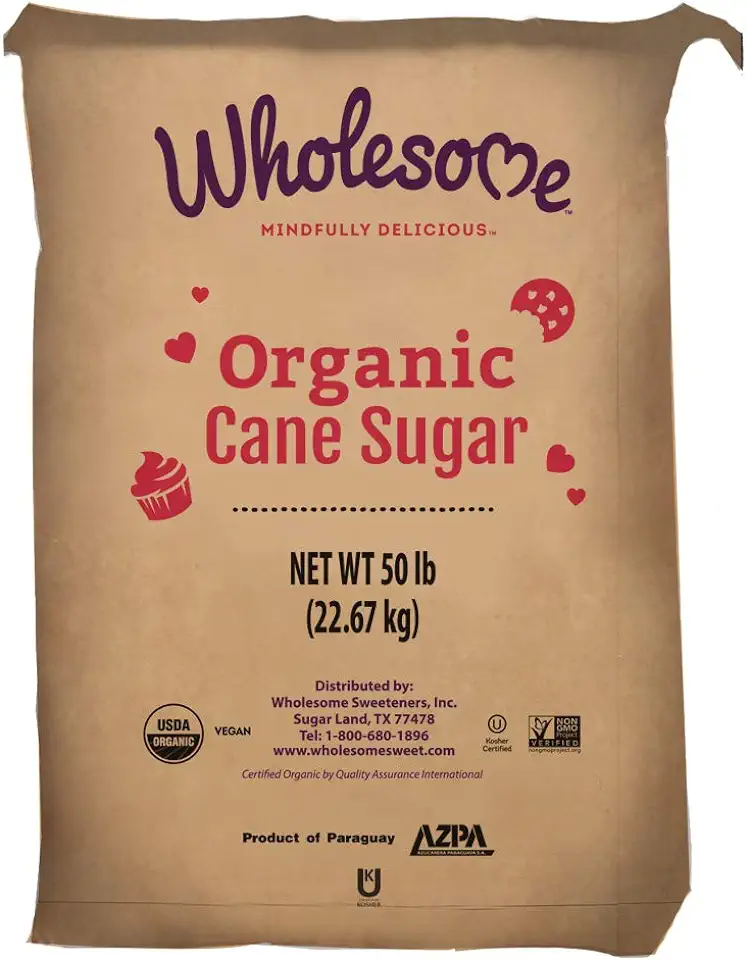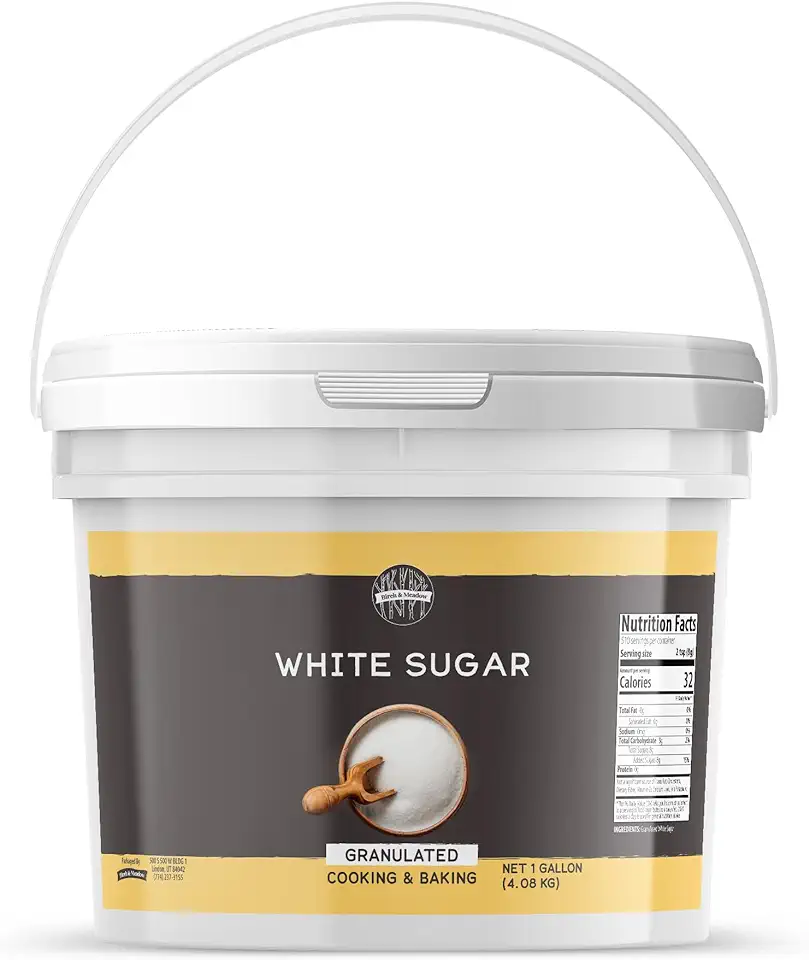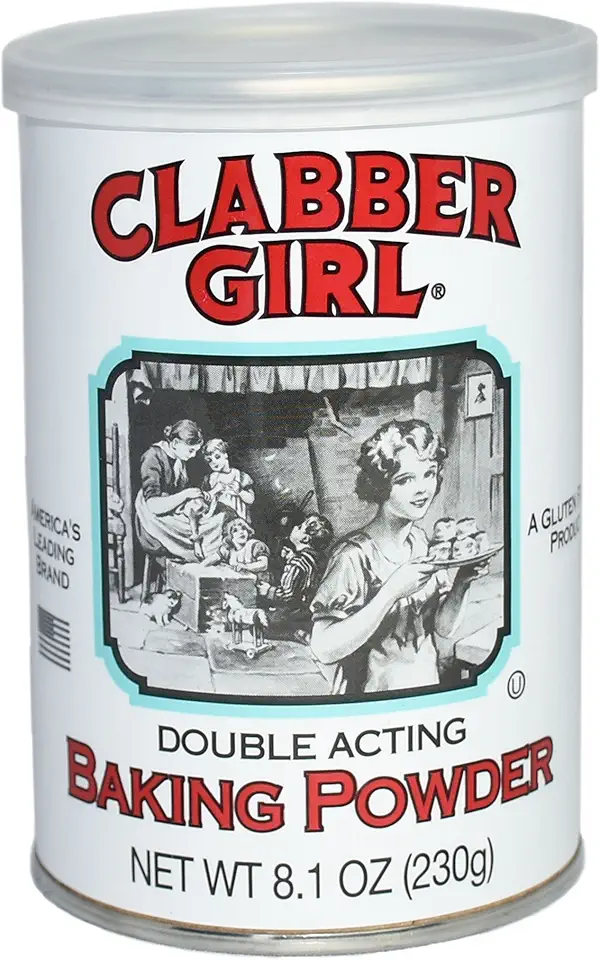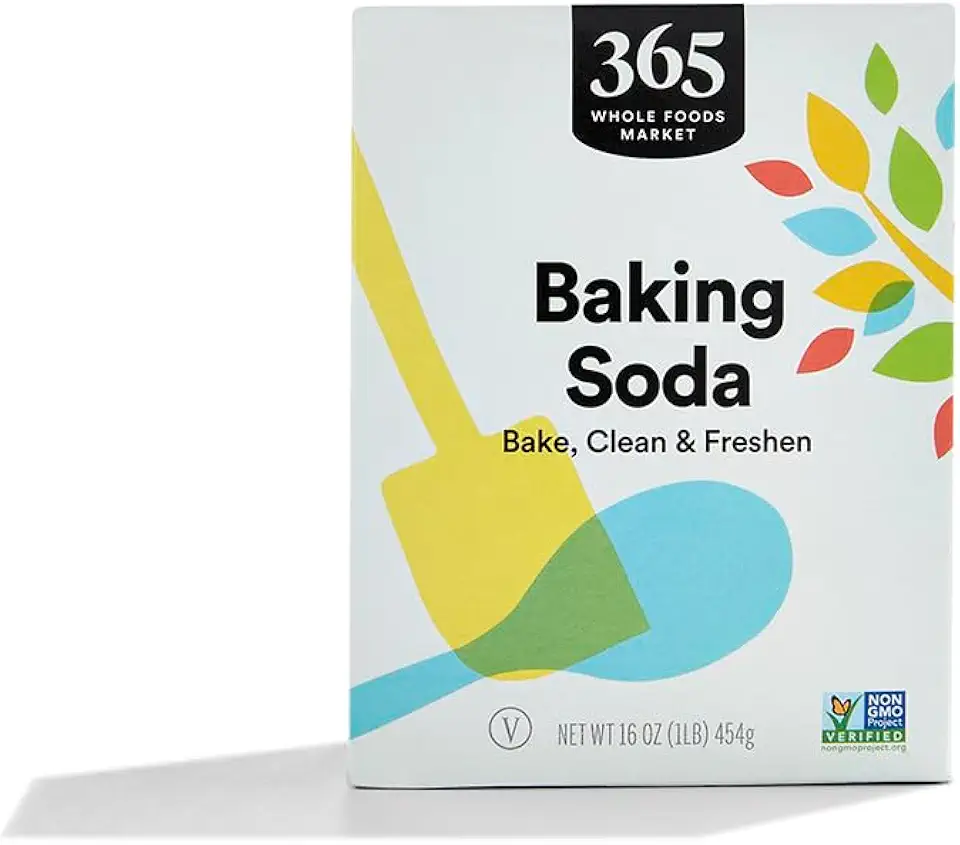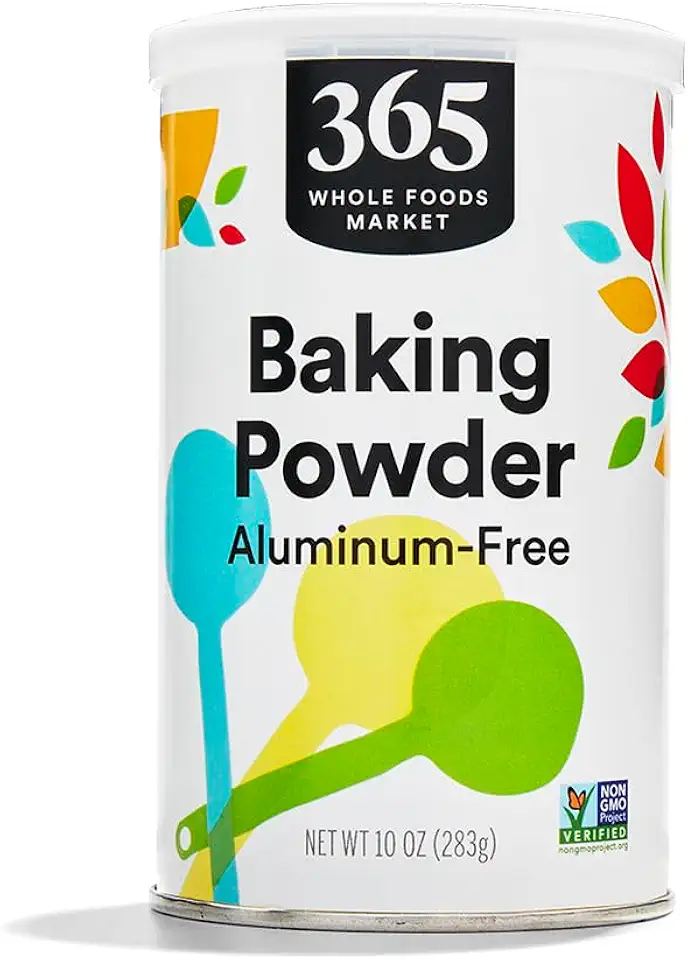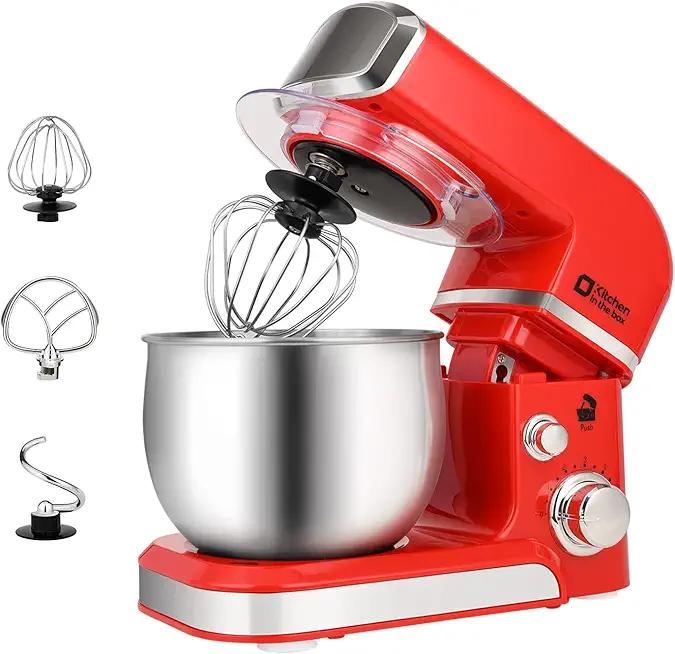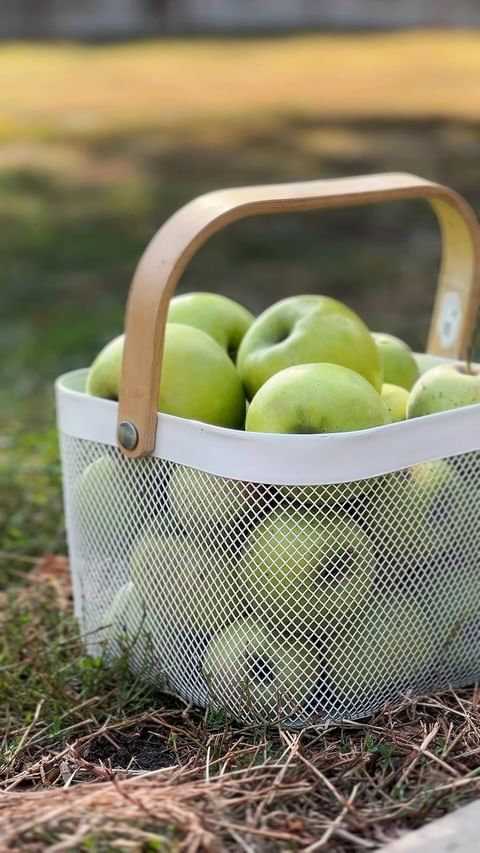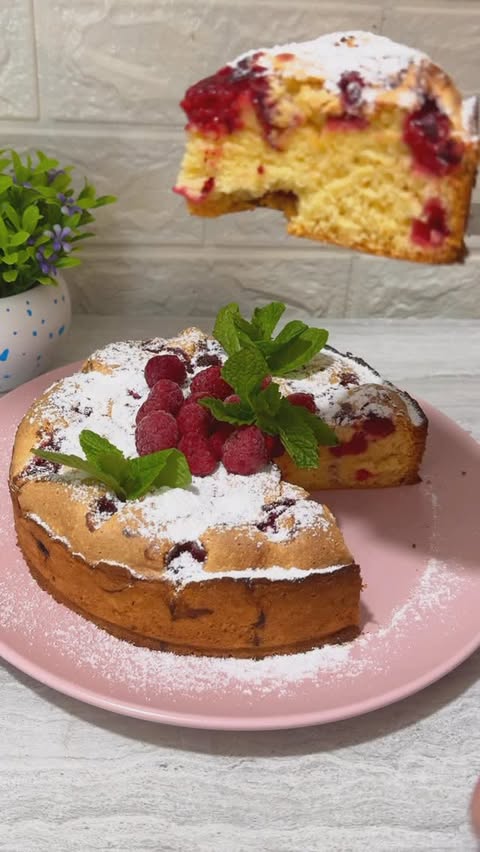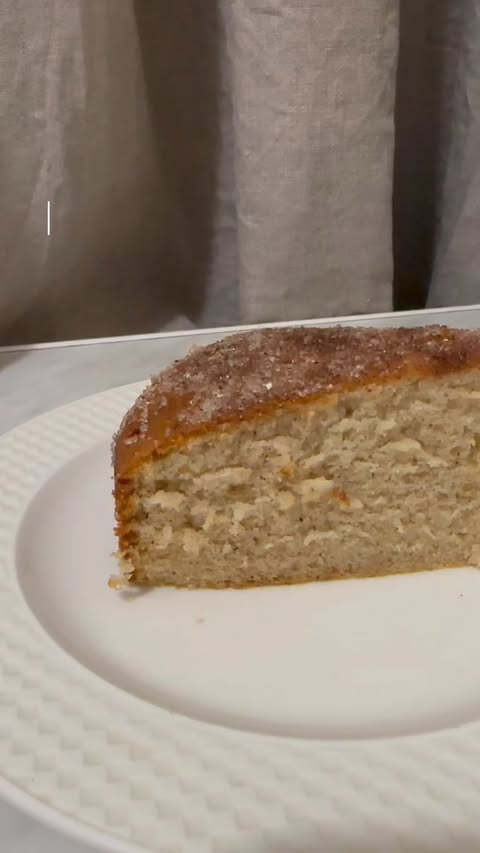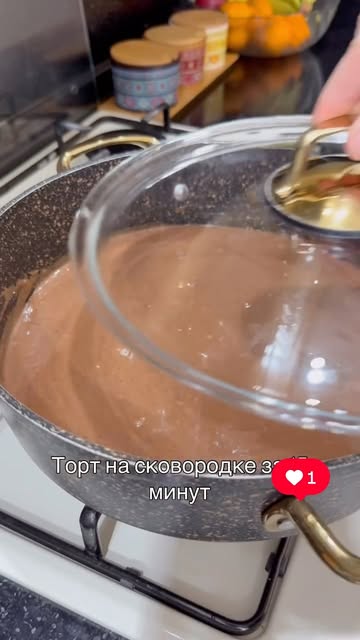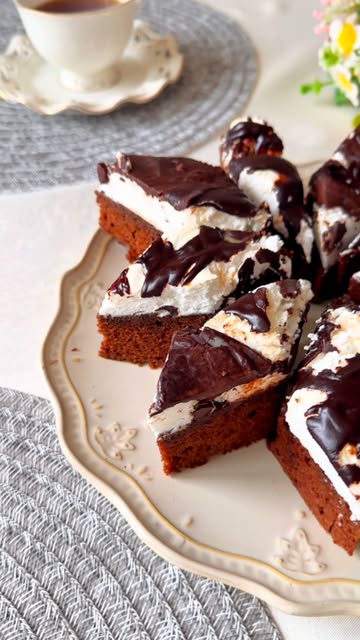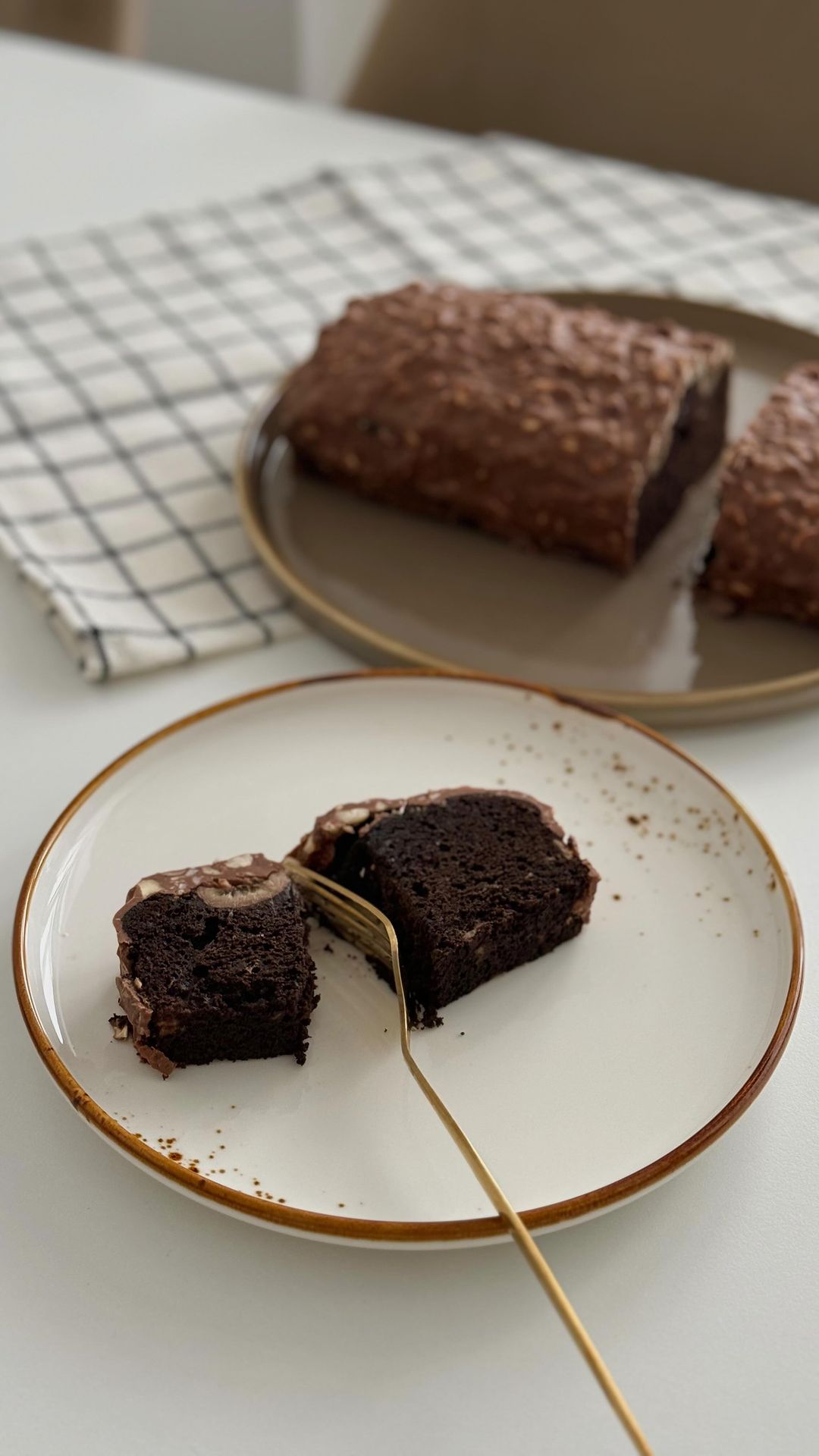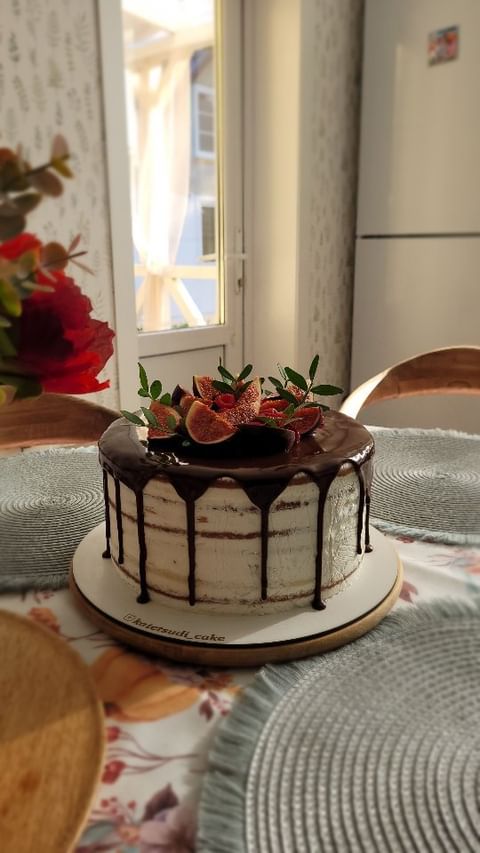Ingredients
Cake Batter
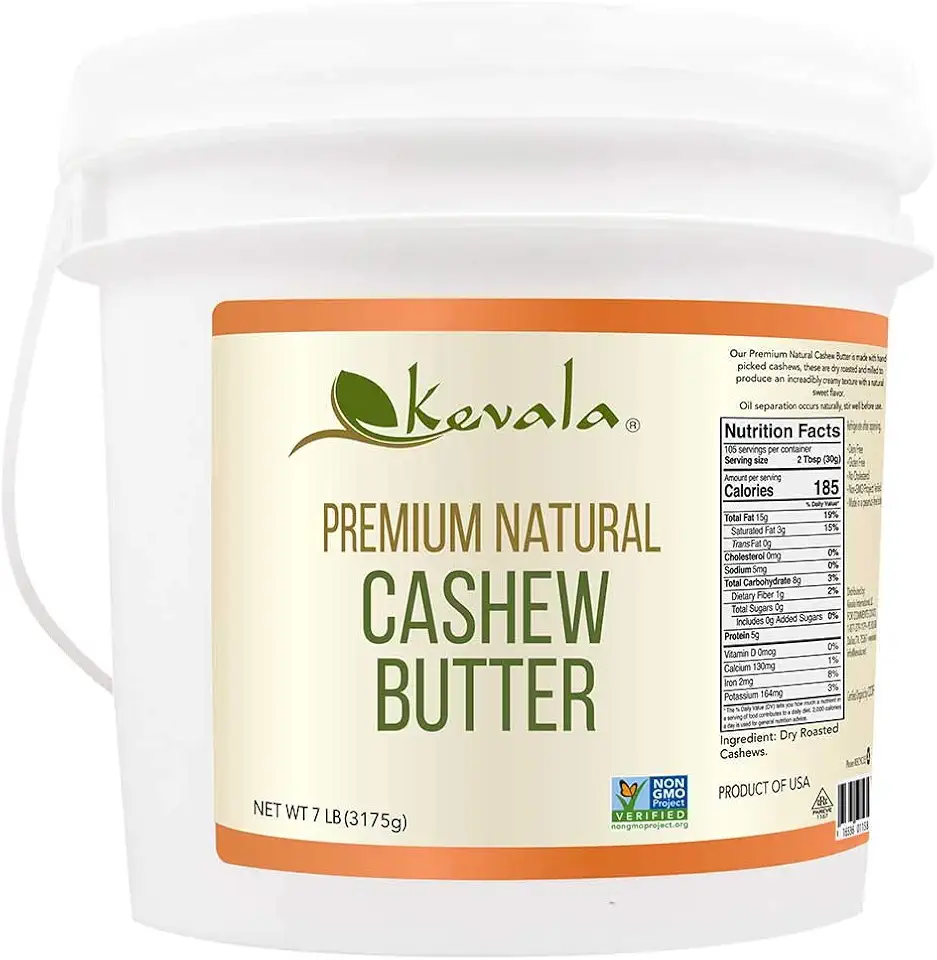 Kevala Cashew Butter 7 Lbs Pail
$83.62
View details
Prime
best seller
Kevala Cashew Butter 7 Lbs Pail
$83.62
View details
Prime
best seller
 4th & Heart Original Grass-Fed Ghee, Clarified Butter, Keto, Pasture Raised, Lactose and Casein Free, Certified Paleo (9 Ounces)
$11.49
View details
Prime
4th & Heart Original Grass-Fed Ghee, Clarified Butter, Keto, Pasture Raised, Lactose and Casein Free, Certified Paleo (9 Ounces)
$11.49
View details
Prime
 4th & Heart Himalayan Pink Salt Grass-Fed Ghee, Clarified Butter, Keto Pasture Raised, Non-GMO, Lactose and Casein Free, Certified Paleo (9 Ounces)
$9.49
View details
4th & Heart Himalayan Pink Salt Grass-Fed Ghee, Clarified Butter, Keto Pasture Raised, Non-GMO, Lactose and Casein Free, Certified Paleo (9 Ounces)
$9.49
View details
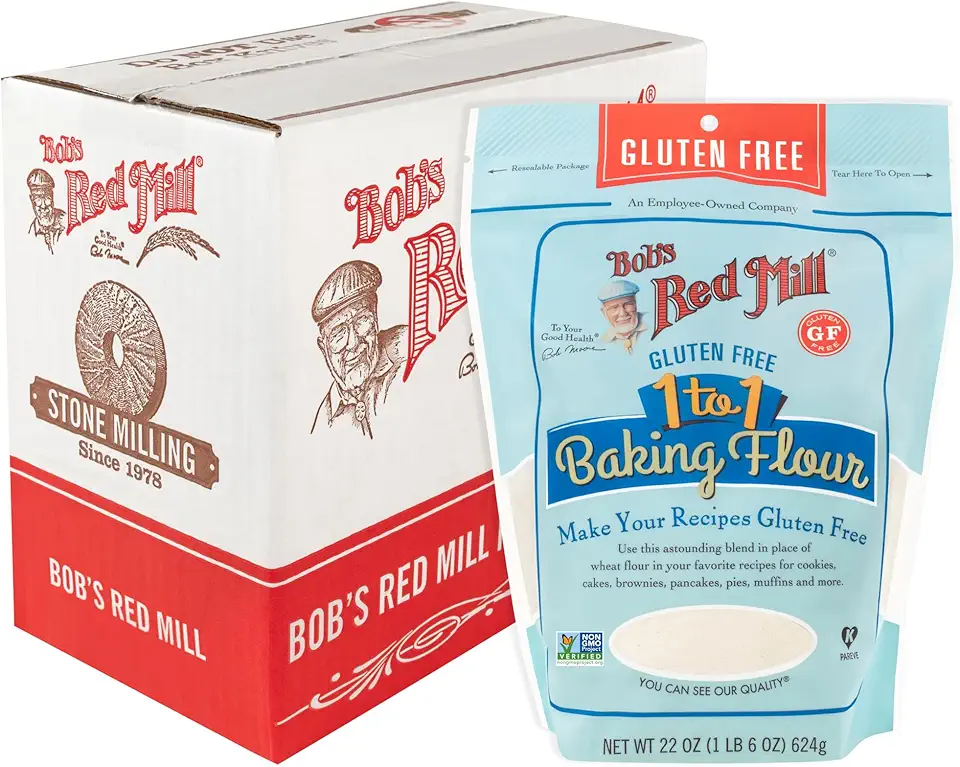 Bob's Red Mill Gluten Free 1-to-1 Baking Flour, 22 Ounce (Pack of 4)
$23.96
View details
Prime
Bob's Red Mill Gluten Free 1-to-1 Baking Flour, 22 Ounce (Pack of 4)
$23.96
View details
Prime
 Antimo Caputo Chefs Flour - Italian Double Zero 00 - Soft Wheat for Pizza Dough, Bread, & Pasta, 2.2 Lb (Pack of 2)
$16.99
View details
Prime
best seller
Antimo Caputo Chefs Flour - Italian Double Zero 00 - Soft Wheat for Pizza Dough, Bread, & Pasta, 2.2 Lb (Pack of 2)
$16.99
View details
Prime
best seller
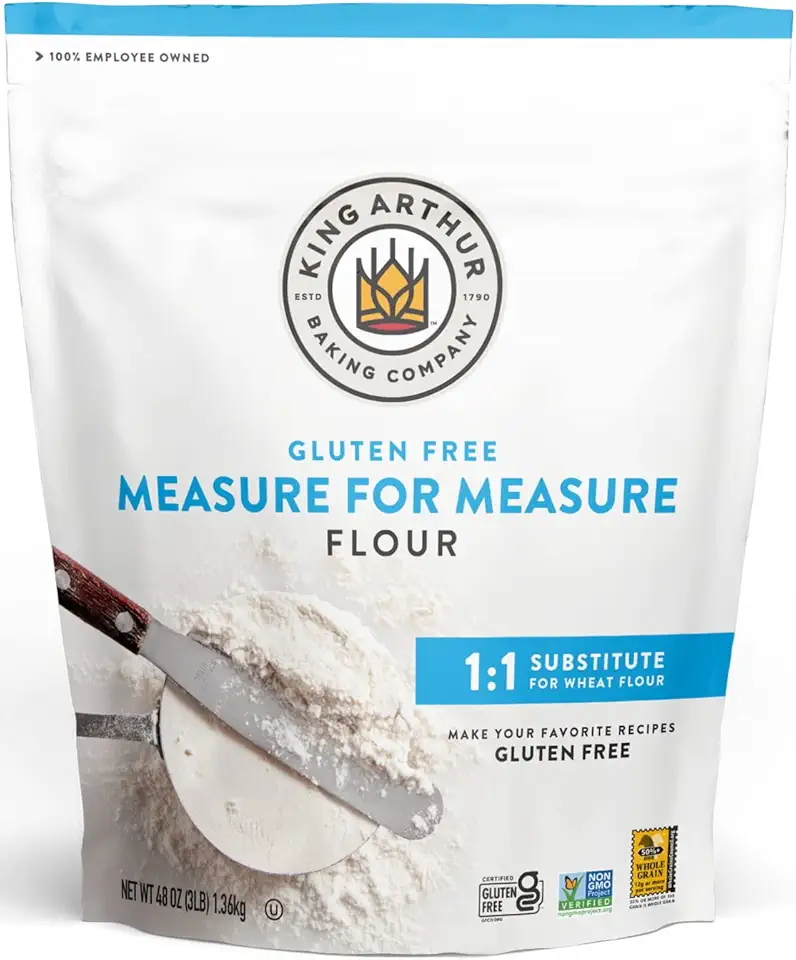 King Arthur, Measure for Measure Flour, Certified Gluten-Free, Non-GMO Project Verified, Certified Kosher, 3 Pounds, Packaging May Vary
$8.62
View details
King Arthur, Measure for Measure Flour, Certified Gluten-Free, Non-GMO Project Verified, Certified Kosher, 3 Pounds, Packaging May Vary
$8.62
View details
Instructions
Step 1
In a large mixing bowl, take 3 eggs and whisk them together with 60 grams of cane sugar and 100 grams of white sugar. It's essential to beat these until the mixture becomes light and frothy. This will help incorporate air into the batter, ensuring your cake is fluffy.
Make sure you don't rush this step. Mixing them thoroughly creates a lovely base for your curd cake.
Step 2
Add 170 grams of regular cottage cheese and 180 grams of block cottage cheese into the egg mixture. Then include 100 grams of unsalted butter, 1 tablespoon of baking powder, a pinch of baking soda, and a pinch of salt. Blend these together until they are smooth and well combined.
Finally, sift in 250 grams of all-purpose flour and mix until just combined. Be careful not to over mix, as this can affect the texture of your cake.
Step 3
Preheat your oven to 170 degrees Celsius (340 degrees Fahrenheit). Once your batter is ready, pour it into a greased baking pan. Ensure it's evenly spread.
Place the cake in the oven and bake for about 50 minutes. To check if it's done, insert a toothpick in the center; it should come out clean. Allow it to cool before removing it from the pan.
Enjoy your delicious curd cake!
Servings
Let’s make your serving experience unforgettable! Once your cake is baked to perfection, let it cool a bit before you cut into it. It pairs wonderfully with a dusting of powdered sugar or drizzled with honey for an extra touch of sweetness. Imagine this cake at your next picnic – a lovely slice packed with fresh fruits and a sprinkle of nuts. 🍏🍓
You can also serve it with a dollop of whipped cream or some tangy yogurt on the side for a delightful contrast. Grab some cups of tea or coffee, and watch how everyone around you enjoys this simple yet elegant dessert! ☕🧁
And don’t forget to share a slice with your best friend—you both deserve this little moment of joy!
Equipment
A good mixing bowl is essential for combining your ingredients effectively. Choose a size that allows plenty of room for mixing without any spills.
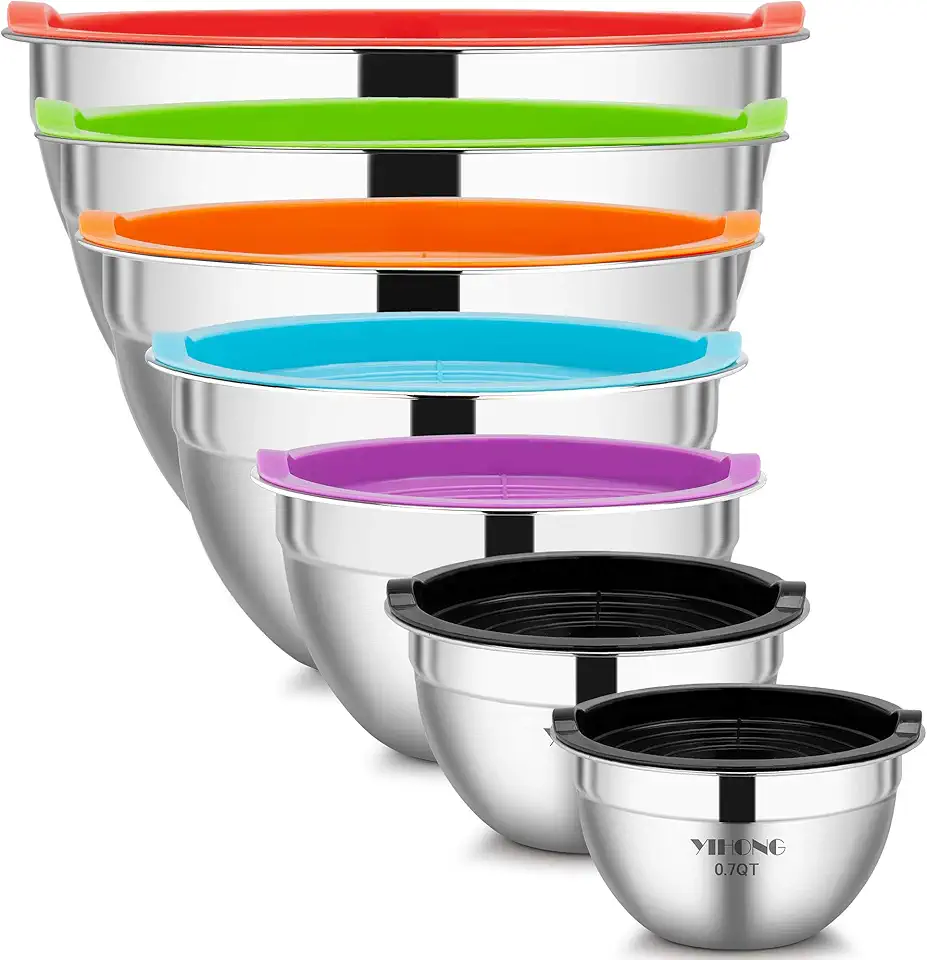 YIHONG 7 Piece Mixing Bowls with Lids for Kitchen, Stainless Steel Mixing Bowls Set Ideal for Baking, Prepping, Cooking and Serving Food, Nesting Metal Mixing Bowls for Space Saving Storage
$27.99
$35.99
View details
Prime
best seller
YIHONG 7 Piece Mixing Bowls with Lids for Kitchen, Stainless Steel Mixing Bowls Set Ideal for Baking, Prepping, Cooking and Serving Food, Nesting Metal Mixing Bowls for Space Saving Storage
$27.99
$35.99
View details
Prime
best seller
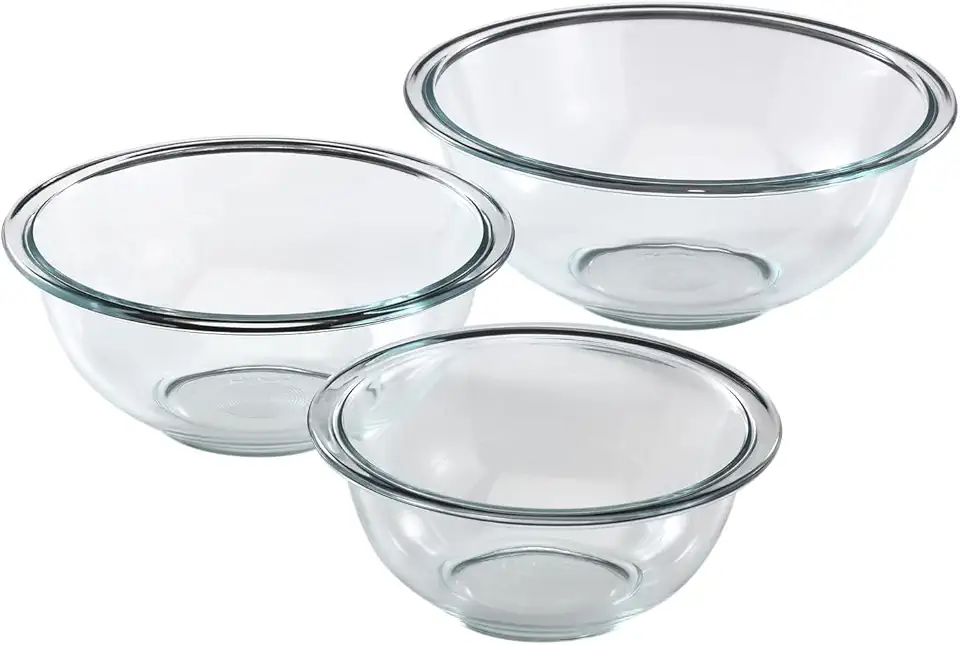 Pyrex Glass, 3-Piece, 3 PC Mixing Bowl Set
$17.53
View details
Prime
Pyrex Glass, 3-Piece, 3 PC Mixing Bowl Set
$17.53
View details
Prime
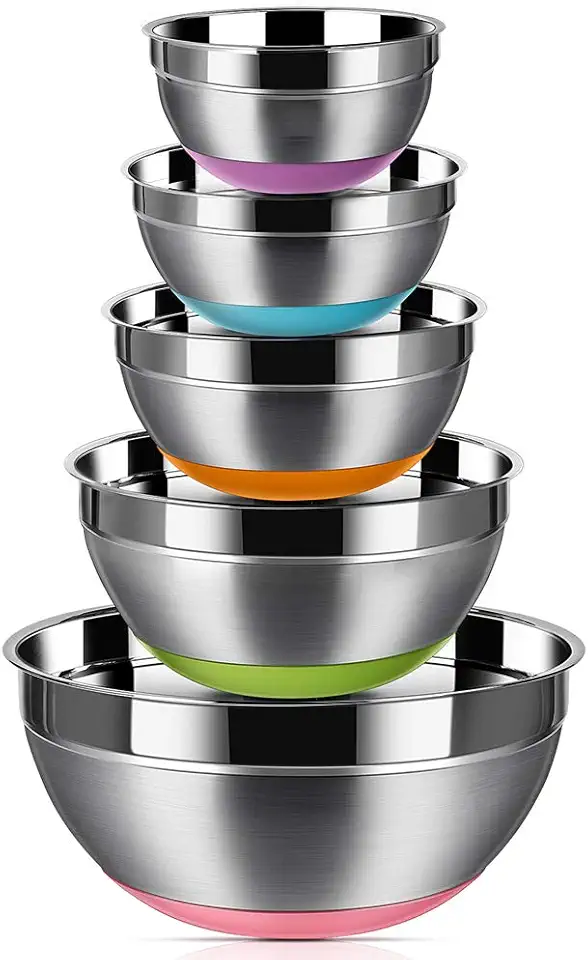 REGILLER Stainless Steel Mixing Bowls (Set of 5), Non Slip Colorful Silicone Bottom Nesting Storage Bowls, Polished Mirror Finish For Healthy Meal Mixing and Prepping 1.5-2 - 2.5-3.5 - 7QT (Colorful)
$26.99
View details
REGILLER Stainless Steel Mixing Bowls (Set of 5), Non Slip Colorful Silicone Bottom Nesting Storage Bowls, Polished Mirror Finish For Healthy Meal Mixing and Prepping 1.5-2 - 2.5-3.5 - 7QT (Colorful)
$26.99
View details
If you want fluffy eggs, a whisk will do the trick, but an electric mixer saves time and effort. It’s perfect for getting that airy texture!
Use a round or rectangular baking pan, ideally non-stick. Don’t forget to grease it with butter or line it with parchment paper for easy removal!
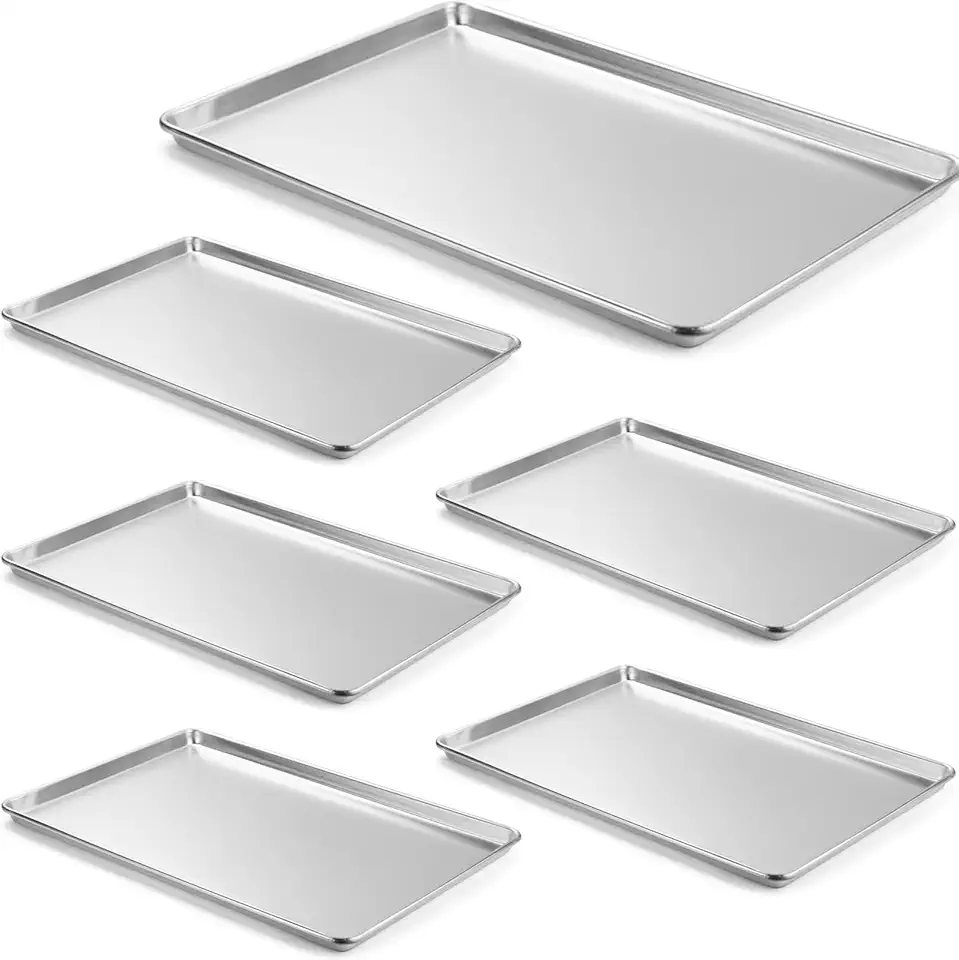 CURTA 6 Pack Aluminum Sheet Pan, NSF Listed Full Size 26 x 18 inch Commercial Bakery Cake Bun Pan, Baking Tray
$99.99
View details
Prime
best seller
CURTA 6 Pack Aluminum Sheet Pan, NSF Listed Full Size 26 x 18 inch Commercial Bakery Cake Bun Pan, Baking Tray
$99.99
View details
Prime
best seller
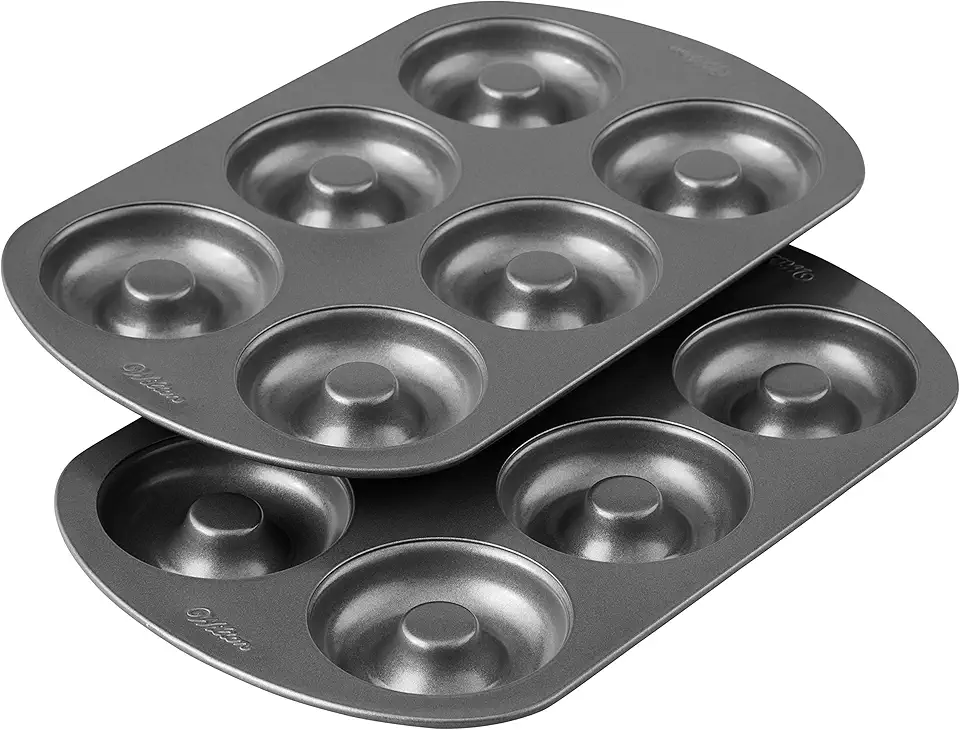 Wilton Non-Stick 6-Cavity Donut Baking Pans, 2-Count
$17.98
$20.79
View details
Prime
best seller
Wilton Non-Stick 6-Cavity Donut Baking Pans, 2-Count
$17.98
$20.79
View details
Prime
best seller
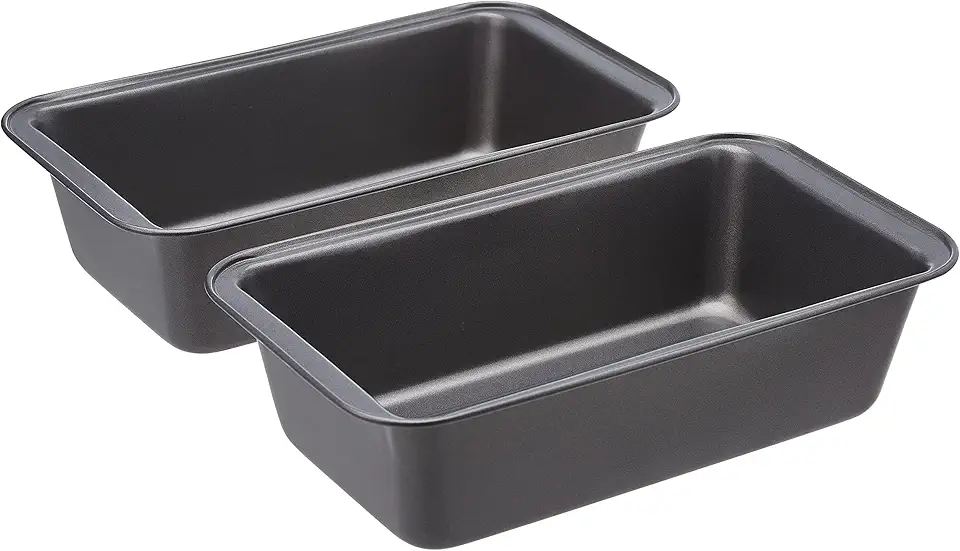 Amazon Basics Rectangular Baking Bread Loaf Pan, 9.5 x 5 Inch, Set of 2, Gray
$13.49
View details
Amazon Basics Rectangular Baking Bread Loaf Pan, 9.5 x 5 Inch, Set of 2, Gray
$13.49
View details
Make sure your oven is preheated to 170°C (340°F) to ensure even baking. An oven thermometer can help keep the temperature precise.
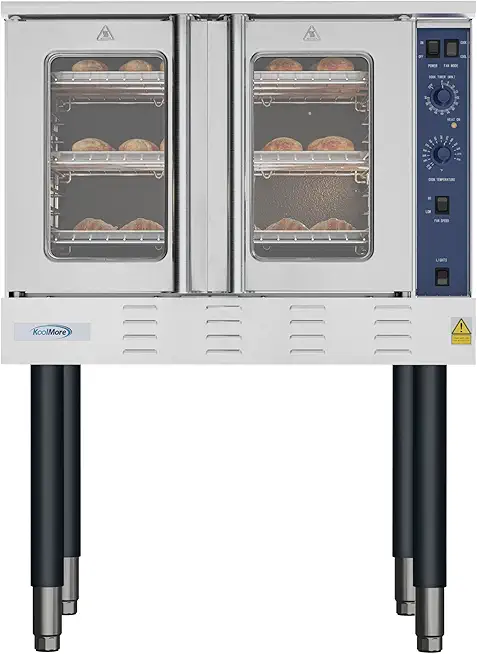 KoolMore 38 in. Full-Size Single Deck Commercial Natural Gas Convection Oven 54,000 BTU in Stainless-Steel (KM-CCO54-NG)
$3651.89
View details
Prime
KoolMore 38 in. Full-Size Single Deck Commercial Natural Gas Convection Oven 54,000 BTU in Stainless-Steel (KM-CCO54-NG)
$3651.89
View details
Prime
 Restaurantware Hi Tek Half Size Convection Oven 1 Countertop Electric Oven - 1.5 Cu. Ft. 120V Stainless Steel Commercial Convection Oven 1600W 4 Racks Included
$1077.29
View details
Prime
Restaurantware Hi Tek Half Size Convection Oven 1 Countertop Electric Oven - 1.5 Cu. Ft. 120V Stainless Steel Commercial Convection Oven 1600W 4 Racks Included
$1077.29
View details
Prime
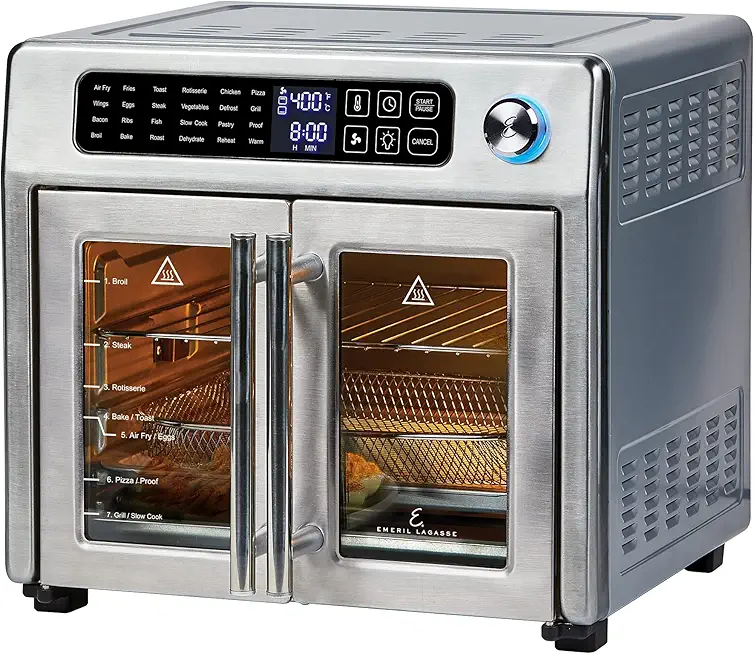 Emeril Lagasse 26 QT Extra Large Air Fryer, Convection Toaster Oven with French Doors, Stainless Steel
$189.99
View details
Emeril Lagasse 26 QT Extra Large Air Fryer, Convection Toaster Oven with French Doors, Stainless Steel
$189.99
View details
Variations
If you're looking for different ways to enjoy this cake, how about trying some gluten-free and vegan variations? ✨
For a gluten-free option, simply substitute the regular flour with almond flour or a gluten-free flour blend. This will keep the texture light while catering to gluten sensitivities. 🌾❌
In case you want a vegan version, replace the eggs with flaxseed meal (1 tablespoon of flaxseed mixed with 2.5 tablespoons of water for each egg) and swap the butter for coconut oil or a vegan margarine. The texture will still be wonderful, and you won’t miss out on that creaminess! 🌱🍰
Faq
- Can I use low-fat cottage cheese instead of regular?
Yes, you can! Low-fat cottage cheese will work, but keep in mind it might slightly alter the texture and flavor.
- How do I know when the cake is done?
When your cake is golden brown on top, and a toothpick inserted into the center comes out clean, it’s time to take it out of the oven!
- Can I double the recipe?
Absolutely! Just make sure to use a larger baking pan and adjust the baking time accordingly.
- What should I do if my cake isn’t rising?
Make sure your baking powder and baking soda are fresh, and check that your oven temperature is accurate—both factors can affect the rise!
- How do I store leftovers?
Keep any leftover cake in an airtight container in the refrigerator. It should stay fresh for up to 3 days.
- Can this recipe be baked in muffin tins?
Yes, you can! Just adjust the cooking time to about 20-25 minutes for perfectly portioned snacks.

